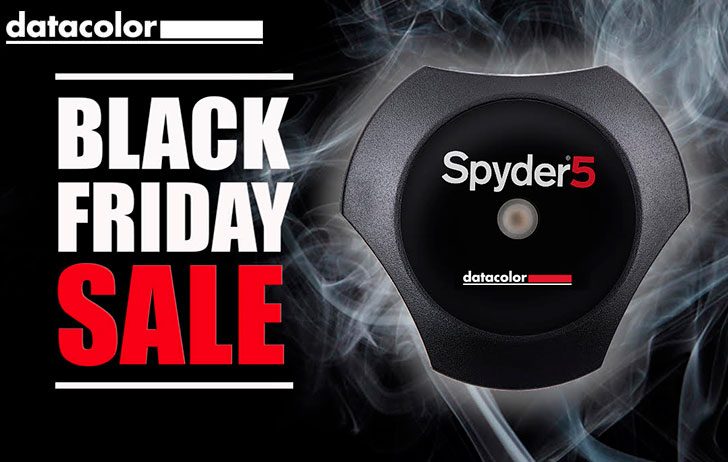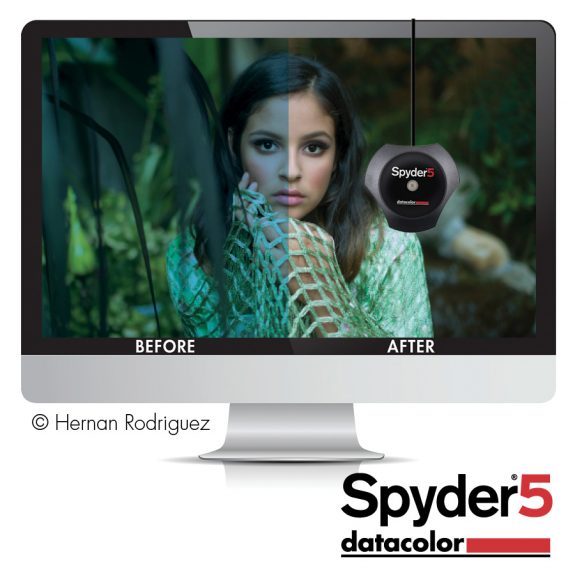Are you calibrating your monitor? If not, what are you waiting for?
Until a photo is printed, the monitor is its “frame.” It is the basis for your assessment – the window into your image file. We’re often asked, “Is it even necessary to calibrate a monitor? The images already look really good.” If you are working in isolation and view images exclusively on your display, this may seem sufficient. But those who edit their images on an uncalibrated monitor with a color cast are unwittingly building color errors into the image file, based on inaccuracies on the monitor. If you then edit large quantities of image data in batch processing mode using this incorrect basis for assessment, you are destroying your image files – particularly if you don’t create copies or if you don’t use the RAW format as the starting point for your workflow.
Only when you choose to display your images elsewhere (different display, photo album, fine art print, etc.) will you realize that the wrong colors are being shown in your photo. This is why it’s so crucial to calibrate your monitor as part of your digital photo workflow using the Datacolor Spyder5.
Get Spyder5 display calibration for as low as $99.99 today!
Limited Time Offer
11/21/18 – 11/27/18
Still not convinced? Here are some more reasons why a color calibrated display should be a necessity:
• Every monitor displays colors differently. Monitors are shipped uncalibrated or pre-adjusted, but their colors continuously change over time.
• You can’t simply rely on your own eyes to find the correct settings for your monitor. The way you see colors depends on factors like the time of day, the ambient light and your level of fatigue.
• Image colors are not true to life. Without calibration, the colors of your photos on your screen will not be properly displayed; the skin tones won’t be quite right, the whites will have a hint of color and the blues may look cyan.
• Software-based monitor calibration, such as using the setting options included with the monitor’s firmware or graphics card, can only provide linear correction at best. It does not consider color variations that depend on how the LCD is adjusted.
• As a window into your image file, if the monitor is uncalibrated – it’s like assessing the colors in your images while wearing tinted sunglasses. This means that everyone sees colors differently if they don’t have the same glasses. You can imagine the effects this has on prints at a printing company or even from your own printer.
Read more about the importance of a color managed workflow in the free Spyder5 eBook – Color Management Can Be Easy.




Lightroom soft proofing is amazingly good at emulating different papers to guide final adjustments for printing.